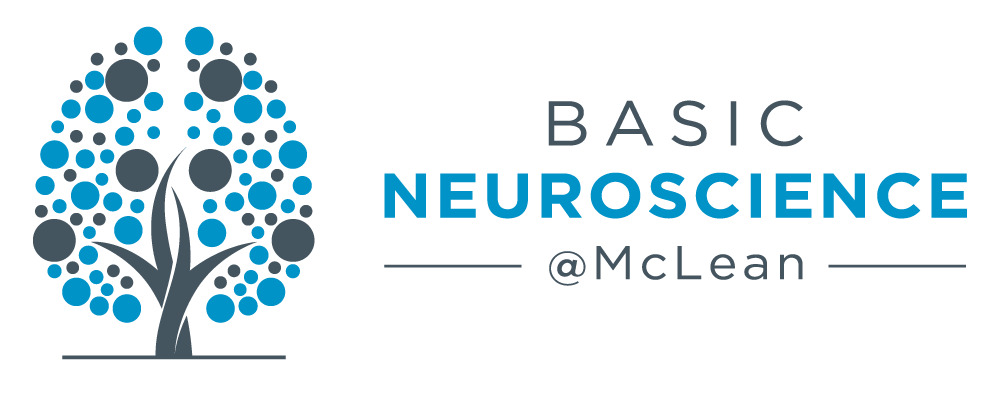Investigators
Brain Donation Acquisition
The HBTRC Donor Recruitment operation is based on a 24/7 on-call system and is designed to collect brain donations across the US with a postmortem time interval of 24 hours or less. Highly trained donation coordinators respond within minutes to calls regarding brain donations and follow a standardized detailed protocol for case screening, informed consent, arrangements for brain removal, shipping to the HBTRC and dissection. The first stage of donation coordination includes a set of questions arranged according to an algorithm, designed to screen for potential exclusionary criteria such as infectious diseases (prion disease, HIV-, Hepatitis B- and Hepatitis C- positive), long postmortem time interval, prolonged agonal states, etc. Next, donation coordinators work with the Legal Next-Of-Kin/Legal Representative (LNOK/LR) to carry out procedures for remote informed consent (Brain Donation), and arrange for brain removal, transport to the HBTRC laboratories and dissection. A team of HBTRC dissectionists is on call 24/7. They work in teams of two and are alerted by the donation coordinator when a brain is expected to arrive at the HBTRC laboratories.
Brain Dissection
Brain and other tissue samples arrive at the HBTRC Dissection Laboratory as fresh preparations, inside an HBTRC kit, with the brain placed in a plastic bag and suspended in wet ice. Upon arrival, photographs are taken of the dorsal, ventral and lateral sides, and the brain is weighed. Photographs are also taken through all stages of the dissection. The brain is bisected into right and left hemispheres by cutting in the midsagittal plane through the corpus callosum, midbrain, cerebellum and brainstem. One whole hemisphere is placed in a container with 10% neutral buffered formalin while the other is dissected and frozen in liquid nitrogen vapors (LNV). We alternate hemispheres for each diagnosis group so that both right and left hemisphere samples can be provided frozen and fixed samples for each disorder.
Dissection for Frozen Hemisphere
The hemisphere to be frozen is placed on cold (4 °C) glass plates, and the cerebellum and brain stem are separated from the rest of the brain by dissecting from the posterior commissure to the mammillary body. The brain is then sectioned in coronal sections approximately 1 cm thick according to anatomical landmarks, following a protocol originally set up by Dr. Vonsattel (Ramirez et al., 2018; Vonsattel et al., 2008). Each coronal section is then dissected in regions of interest. Large ROIs from cortical areas are further dissected in small blocks according to anatomical landmarks, keeping track of their latero-medial/dorso-ventral order and ensuring that each block is cut perpendicularly to the cortical layers so that all layers and superficial white matter are included. The blocks are placed on Teflon-coated metal plates prelabeled for each ROI, photographed and then quickly placed on metal shelves within a cryogenic vessel that is prepared beforehand by pouring liquid nitrogen at approximately 1/3 of its volume. This process ensures that the container’s internal temperature is at -150 °C and that tissue blocks freeze within seconds. LNV freezing has been shown to result in high tissue quality, as it prevents tissue fragmentation, reduces the Leiden-frost effect and freezing artifacts in general, and enhances the cryogenic process (Ramirez et al., 2018; Vonsattel et al., 2008). Once frozen, each tissue block is placed in a pre-labeled, bar-coded zip-lock cryogenic bag, and then put in a larger labeled bag with the other blocks, before promptly being stored in a -80 °C freezer.
Dissection of Fixed Hemisphere
The fixed hemisphere is kept in 10% neutral buffered formalin for 3 weeks, changing the fixative after 24 hours, as well as 3-4 more times during this period. It is then washed in water for 24 hours to prepare it for gross dissection by a trained neuropathologist. The dissection strategy parallels that used for coronal sections, as described above. However, the neuropathologist may need to customize the dissection process depending on the specific disorder and observations made during the initial inspection and dissection. A standard set of 17 tissue blocks are taken for neuropathology assessment and placed in histological cassettes for paraffin embedding (formalin-fixed paraffin embedded, FFPE). Additional blocks may be taken depending on the brain disorder and observations made during the dissection. The remaining tissue/coronal sections are placed in sealable containers in 10% neutral buffered formalin and stored for tissue distribution.
Dissection and Preparation of Additional Tissues
If collected, additional related tissues, including spinal cord, blood, cerebrospinal (CSF), dura mater, muscle (semispinalis or splenius), hair, liver, heart, kidney, lumbar plexus, intestines (ascending colon and terminal ileum) and vagus nerve (from carotid sheath) are processed as follows. CSF samples are aliquoted and frozen. Blood samples are aliquoted and centrifuged to obtain plasma and serum. Aliquots for serum are sent out for serology and toxicology screening. The spinal cord will be dissected in short segments and frozen in LNV as described above. Small samples of all other tissues will be collected in duplicates whenever possible, and one will be frozen in LNV, while the other will be fixed in 10% neutral buffered formalin.

